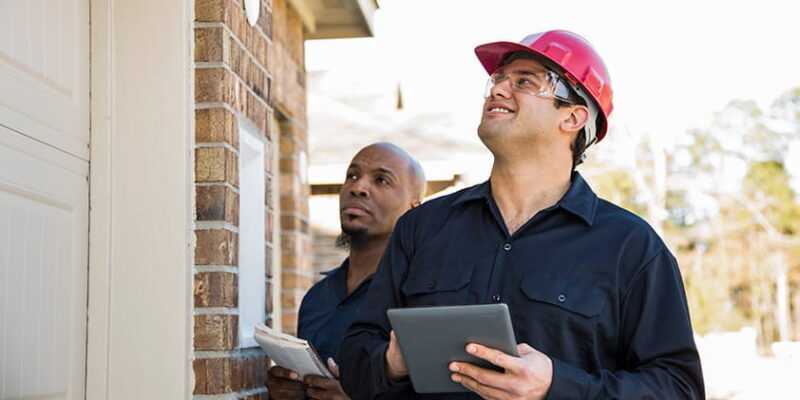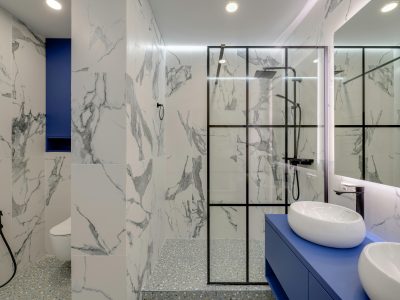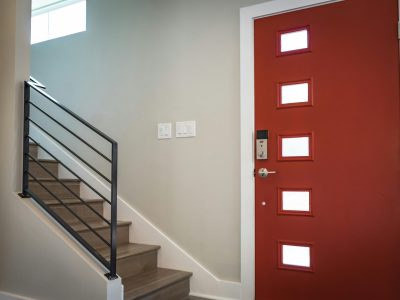Purchasing a home is a significant investment, and part of the process involves a thorough home inspection. It’s a crucial step that uncovers the condition of the property, highlighting areas that need attention. While no home is perfect, certain repairs are essential post-inspection to ensure safety, structural integrity, and overall functionality. This comprehensive guide outlines the mandatory fixes recommended after a home inspection to help homeowners prioritize necessary repairs effectively.
Understanding the Home Inspection Report: Before delving into mandatory fixes, comprehending the home inspection report is pivotal, especially when considering the expertise of a Home Inspector in Cambridge ON. The report typically categorizes issues as minor, major, or safety concerns. Major issues, such as structural damage or electrical hazards, demand immediate attention. Safety concerns, like exposed wiring or faulty smoke detectors, require prompt resolution to ensure inhabitant safety. Minor issues, while not urgent, might still impact the home’s functionality or lead to significant problems if neglected.
Mandatory Fixes for Structural Integrity: Structural issues form the backbone of a home’s stability. Any red flags discovered during inspection must be addressed promptly. These include:
- Foundation Problems: Cracks, sinking, or shifting foundations can compromise the entire structure. Repairs might involve underpinning or foundation stabilization.
- Roofing Issues: Leaks, missing shingles, or damaged flashing can lead to water intrusion and subsequent structural damage. Prompt repair or replacement is crucial.
- Siding and Exterior: Damaged siding or structural issues with the exterior walls can impact the home’s insulation and vulnerability to weather elements.
Ensuring Safety Measures: Safety concerns are non-negotiable and should be dealt with immediately. Key areas to focus on include:
- Electrical Hazards: Faulty wiring, overloaded circuits, or exposed wires pose severe safety risks. Professional electricians should rectify these issues.
- Plumbing Problems: Leaks, faulty pipes, or inadequate drainage can cause water damage and mold growth. Addressing these issues promptly is vital.
- HVAC System: Issues with the heating, ventilation, and air conditioning systems can affect indoor air quality and comfort. Repairs or maintenance are essential for optimal functionality.
Functional Repairs for Everyday Living: While not immediately threatening, functional repairs impact daily life and the longevity of home components:
- Appliance Functionality: Ensuring that appliances like water heaters, ovens, and dishwashers are in working order enhances convenience and prevents sudden breakdowns.
- Insulation and Ventilation: Proper insulation and ventilation impact energy efficiency and indoor air quality. Repairing or upgrading these systems is beneficial in the long run.
- Pest Infestations: Addressing pest issues such as termites or rodents prevents damage to the structure and maintains a healthy living environment.
Prioritizing Repairs: Not all issues discovered during an inspection require immediate attention. Prioritizing repairs based on urgency, cost, and potential impact on the home’s value is essential. Some repairs might be negotiable with the seller, while others, especially those concerning safety or structural integrity, should be non-negotiable.
Budgeting for Repairs: Creating a budget for necessary repairs is crucial. It’s advisable to allocate funds for immediate fixes and set aside contingencies for unforeseen issues that might arise during the repair process.
Conclusion: A home inspection is a critical step in the home buying process, revealing the true condition of a property. Addressing mandatory fixes post-inspection ensures a safe, functional, and structurally sound home. While it may seem daunting, prioritizing and budgeting for repairs empowers homeowners to tackle issues systematically, protecting their investment and ensuring a comfortable living environment.













Comments